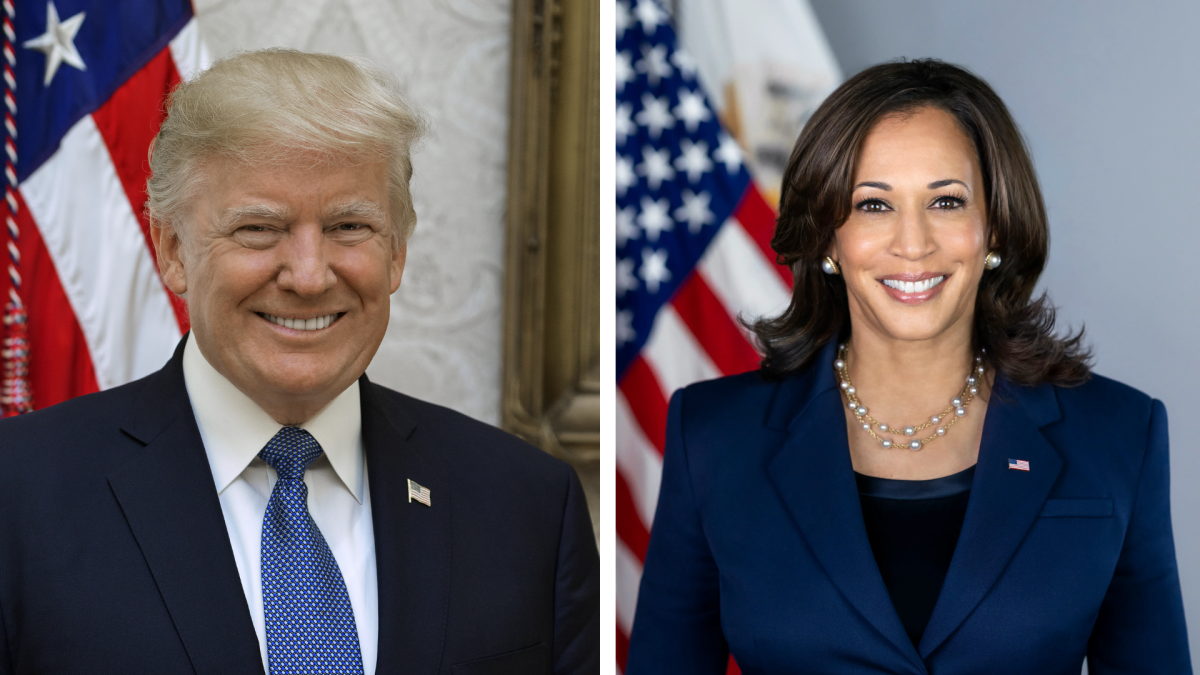On January 31, 2020, the United Kingdom officially left the European Union after being part of the bloc for 47 years. Brexit is a word that has been in many people’s vocabulary for the past three-and-a-half years; it is a portmanteau to the words British and exit, referring to the UK’s split from the EU. For some, Brexit is very favorable, but for others, Brexit is horrendous.
The History of Brexit
The UK has been debating whether to stay or leave the EU since it joined 1973. To put an end to all of the arguments, former Prime Minister David Cameron held a referendum in June of 2016, thinking the majority of citizens would choose to remain in the EU. To his astonishment, 52% of people voted to leave the EU, while 48% voted to stay. Many people might have voted to leave due to the refugee crisis at the time. After this referendum, Prime Minister David Cameron resigned, and Theresa May took office.
Although the original date of separation between the UK and the EU was March 31, 2019, Brexit was delayed twice. In March of 2017, Theresa May invoked article 50, which began the formal process of leaving the EU. May attempted to pass a Brexit deal through parliament, but it got blocked (432-202 votes). This meant the deadline was extended to October 31, 2019. She then attempted to push two other Brexit deals through Parliament, both of them getting rejected. In July of 2019, after the third deal failed to pass through Parliament, May resigned. When Prime Minister Boris Johnson took office, he pledged to take the UK out of the EU by October 31, with or without a deal. However, in September of 2019, members of Parliament voted to block a no-deal Brexit. This prompted Boris to ask for a second extension.
The Transition Period
After the UK left the EU on January 31, 2020, it entered an 11 month transition period. The UK will have to continue to follow all EU rules and regulations throughout these 11 months. Many things will also need to be negotiated, most importantly, trade. A trade deal is extremely important because the UK’s economy is bound to suffer without one. However, agreeing on a deal by December 31 could prove very challenging.
Both the UK and EU don’t want tariffs or quotas, but both counties want different rules and regulations. The UK wants to move away from many EU rules in order to attain better trade deals with counties such as the US. The EU wants the UK to stay very close to the rules and regulations they have now, in order to make sure companies in the UK don’t have a competitive advantage.
If trade talks fail, the UK would have to exit the transition period without a trade deal. This would mean that the UK would have to adhere to the trade rules of the WTO (World Trade Organization). If the UK had to trade with the EU under these rules, it would mean tariffs on UK goods going to the EU, which would make it harder for UK companies selling goods in Europe. In addition to this, there would be border checks on all goods, which could cause traffic at busy ports. The UK is allowed to negotiate trade deals with other countries, but they will not go into effect until after December 31, 2020.
Works Cited
“Brexit: All You Need to Know about the UK Leaving the EU.” BBC News, BBC, 27 Jan. 2020, www.bbc.com/news/uk-politics-32810887.
Edgington, Tom. “Brexit: What Trade Deals Has the UK Done so Far?” BBC News, BBC, 7 Feb. 2020, www.bbc.com/news/uk-47213842.
Martin, Rachael. “Is Brexit Delayed and How Many Brexit Extensions Have There Been?” Metro, Metro.co.uk, 28 Oct. 2019, metro.co.uk/2019/10/28/brexit-delayed-many-brexit-extensions-10996922/.
Mueller, Benjamin. “What Is Brexit? And What Happens Next?” The New York Times, The New York Times, 24 Jan. 2019, www.nytimes.com/interactive/2019/world/europe/what-is-brexit.html.




